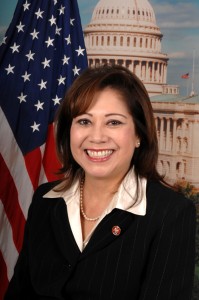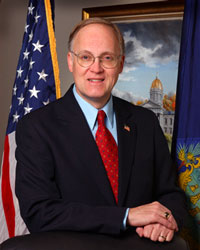
Unemployment Rate Steady at 9.6 Percent in October
Nonfarm payroll employment increased by 151,000 in October, and the unemployment rate was unchanged at 9.6%, the US Bureau of Labor Statistics reported recently. Since December 2009, nonfarm payroll employment has risen by 874,000.
The number of unemployed persons, at 14.8 million, was little changed in October. The unemployment rate remained at 9.6% and has been essentially unchanged since May.
Among the major worker groups, the unemployment rate for adult men (9.7%), adult women (8.1%), teenagers (27.1%), whites (8.8%), blacks (15.7%), and Hispanics (12.6%) showed little change in October. The jobless rate for Asians was 7.1%, not seasonally adjusted.
The number of long-term unemployed (those jobless for 27 weeks and over) was about unchanged over the month at 6.2 million. In October, 41.8% of unemployed persons had been jobless for 27 weeks or more.
Both the civilian labor force participation rate, at 64.5%, and the employment-population ratio, at 58.3%, edged down over the month.
The number of persons employed part time for economic reasons (sometimes referred to as involuntary part-time workers) fell by 318,000 over the month to 9.2 million, partially offsetting large increases in the prior 2 months. These individuals were working part time because their hours had been cut back or because they were unable to find a full-time job.
About 2.6 million persons were marginally attached to the labor force in October, up from 2.4 million a year earlier. (The data are not seasonally adjusted.) These individuals were not in the labor force, wanted and were available for work, and had looked for a job sometime in the prior 12 months. They were not counted as unemployed because they had not searched for work in the 4 weeks preceding the survey.
Among the marginally attached, there were 1.2 million discouraged workers in October, an increase of 411,000 from a year earlier. (The data are not seasonally adjusted.) Discouraged workers are persons not currently looking for work because they believe no jobs are available for them. The remaining 1.4 million persons marginally attached to the labor force had not searched for work in the 4 weeks preceding the survey for reasons such as school attendance or family responsibilities.












Vision Payroll